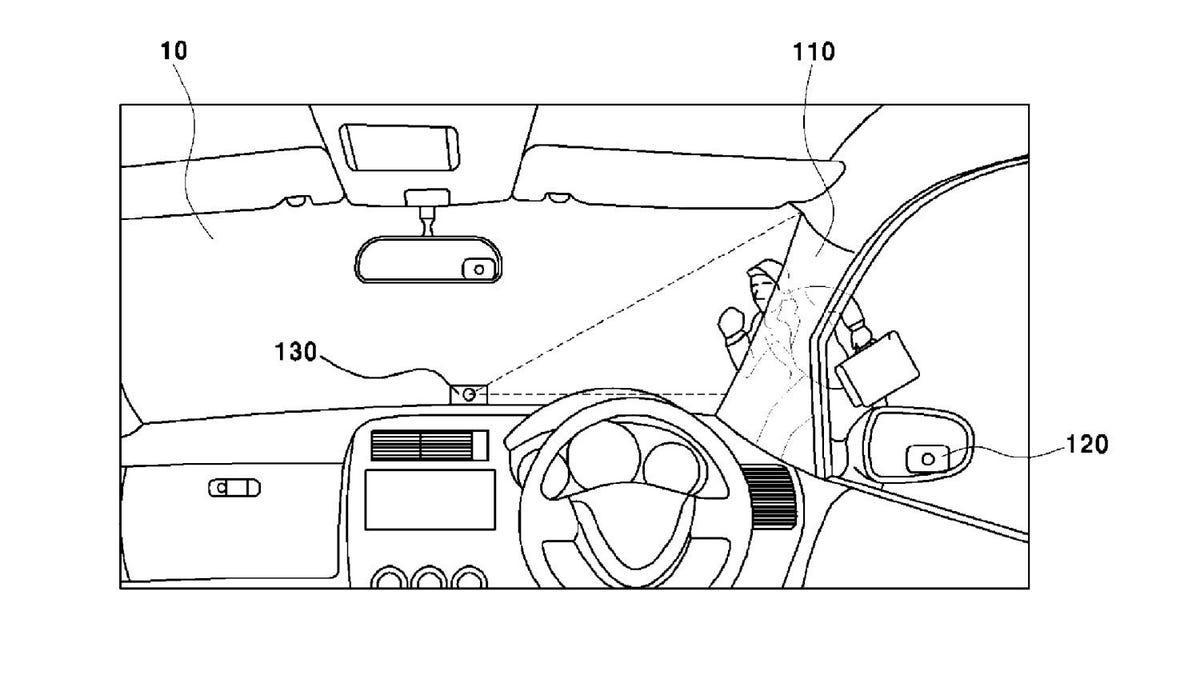Hyundai, Kia want to make A-pillars 'invisible' in new patent application
This is not the first patent application of its kind, surprisingly.
Back in the days when cars would crumple like aluminum foil, A-pillars (the pillars on either side of the windshield) were thin and barely even visible to drivers. But now, cars are safe as heck, and A-pillars have grown to block parts of a driver's periphery. A new patent application seeks to remedy that.
Hyundai and Kia have a patent application for a "pillar display system for blind spot of vehicle," which was published earlier in October. In short, it uses a system of cameras and projectors to take an image from outside and vehicle and apply it to an A-pillar, offering a representation of what's on the other side. In its patent application, a pedestrian is used, hinting at the safety applications of this tech.
The patent application points out that mirrors can do this job well enough, but additional mirrors ruin vehicle aesthetics, and convex mirrors can play with a person's depth perception. Using the ever-complicated physics of optics, the cameras and projectors can get around these limitations. The application notes that putting an approximation of a blind spot in the same location as the blind spot will be more intuitive for drivers, improving safety further.
Theoretically, this technology could be applied to every pillar of the vehicle, many of which are bulking up as vehicle aesthetics and engineering continue to advance. Whether or not it would outright replace current blind-spot monitors in side mirrors is a conversation for the future.
Hyundai and Kia aren't the first automakers to come up with a similar solution for A-pillars. In 2017, a published patent application from Toyota dove deep into math and physics to create a "cloaking device" for A-pillars that attempts to work around the high prices of materials for a system like Hyundai's. In 2014, Jaguar Land Rover unveiled its own idea for "transparent" A-pillars, which relies on cameras and screens, just like this patent application.


